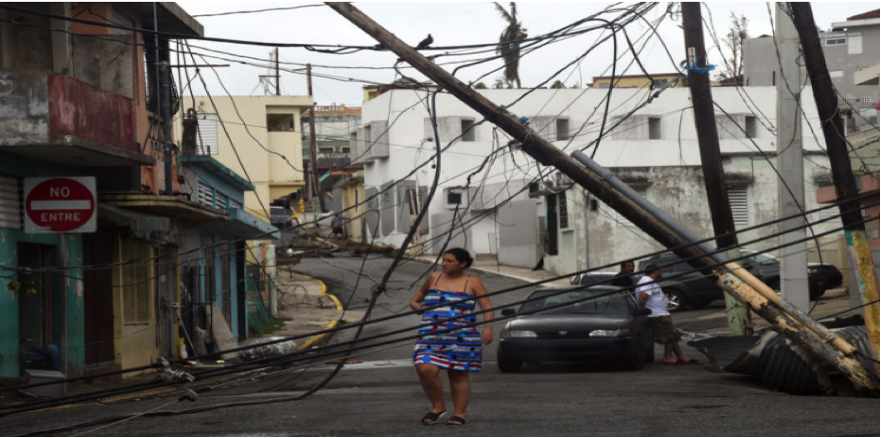
ICTs and the Sustainable Development Goals
June 26, 2017
Heat stress: A sustainable health risk.
November 23, 2017
.
Rebuilding Puerto Rico’s Electricity with a Resilient and Climate Friendly Power Grid

Even as electric power is gradually restored in few areas in Puerto Rico, the service remains skeletal, unreliable and unsustainable. As difficult and challenging as the situation in Puerto Rico may be, the decimation of electric power infrastructure by Hurricane Maria in the island presents a window of opportunity to rebuild the island’s electric grid on a more renewable and climate-friendly foundation. Rebuilding the island’s power infrastructure on the old brown energy infrastructure will amount to a missed opportunity.
Prior to Hurricane Maria, the electric power grid in Puerto Rico was based on the archaic infrastructure of 31 power plants, 293 substations and 32,000 miles of wires under the management of the Puerto Rico Electric Power Authority (PREPA). Puerto Rico’s energy, most of which comes from old and expensive oil-fired plants, results in a high price of about 22 cents per kilowatt/hour. As part of its operations, PREPA spends more than $1 billion each for the procurement of fossil fuel for electric power generation. Years of huge consumption of oil bring the company close to violating federal pollution rules and regulations. This has proven to be among the highest prices of electricity in the United States. For many years, the high price of electricity has put a drag on Puerto Rico’s economy as the commercial and residential use of electricity decreases (See Graph).
Source: Puerto Rican Energy Commission

Hurricane Maria caused a lot of destruction on the island of Puerto Rico. But the question remains: can the island turn this carnage into an opportunity to rebuild its electricity system to a more resilient, sustainable and storm-resistant one?


